After an early spell of hot weather swept across the country, David Glass the Head Gardener at Bowood House and Gardens, has shared tips on how to save water in the garden.
As we approach Water Saving Week (26–30 May) an initiative led by the not-for-profit organisation, Waterwise, David suggests taking a more considered approach when using water in the garden. Not only does this help conserve one of our most precious resources, it can also result in a healthier, more resilient garden.
David has shared his top tips for saving water at home:
1. Water early or late in the day
“I always recommend watering during the coolest parts of the day, either first thing in the morning or in the evening. This gives the water more time to soak into the soil and avoids it evaporating in the sun. If you water during the hottest parts of the day, most of the moisture disappears before it even reaches the roots.
2. Collect and use rainwater
“A water butt is a brilliant addition to any garden, at Bowood we use four large ones very frequently. They’re easy to set up and make use of free rainwater from your roof, greenhouse or shed. Not only does it reduce pressure on mains water supply, but rainwater is also often better for your plants too as it has a lower pH and contains more nitrogen and oxygen.
3. Choose plants that cope with heat
“If the warm weather continues and we are blessed with an extended spring and summer, I recommend picking drought-tolerant plants. These will thrive in your garden’s dry conditions. Lavender, sedum, thyme and other Mediterranean-style plants are good options that don’t need constant watering. It’s all about picking the right plant for the right place.
4. Mulch to keep moisture in
“Mulching is something I do across the gardens at Bowood. It locks in moisture, improves the soil, and keeps weeds at bay. You can use bark, compost, and even stone chippings in pots. If you mulch well, you won’t need to water quite so often.
5. Move pots into the shade
“During the middle of a hot spell, give your potted plants a break from the heat by moving them to a slightly shadier spot. Positioning pots in a cooler spot helps the soil hold on to moisture for longer and protects your plants from drying out too quickly.
6. Use water-retaining crystals in containers
“For baskets and containers, I suggest mixing water-retaining gel into the compost. The granules absorb water and release it slowly, which means plants stay hydrated for longer and don’t need to be watered as frequently.
7. Be careful not to overwater
“Established plants usually don’t need as much water as you think and overwatering can actually do more harm than good. Water less often, but thoroughly, to encourage the roots to go deeper into the soil, making the plant stronger and more drought-tolerant in the long run.
8. Make the most of leftover water
“If you’ve been washing salad or boiling vegetables at home, don’t let that water go to waste. As long as it’s not soapy or full of detergent, it’s perfectly fine to use ‘grey water’ for plants.
9. Keep on top of weeds
“Weeds are surprisingly thirsty so keep your borders weed-free and make sure the water you do use goes to the right plants. It’s a simple job that makes a real difference, especially when water is scarce.
10. Let your lawn rest
“In hot weather, lawns often go brown and that’s perfectly normal. Grass is very resilient and will bounce back once the rain inevitably returns. I wouldn’t worry too much about watering grass on a daily basis. Instead, give it a good soak every ten days as that is far better than a light splash here and there.
David concluded: “Gardening with care and consideration for the environment is part of the joy of the job. By making a few simple adjustments, we can all do our bit to save water while keeping our gardens thriving through the summer.”


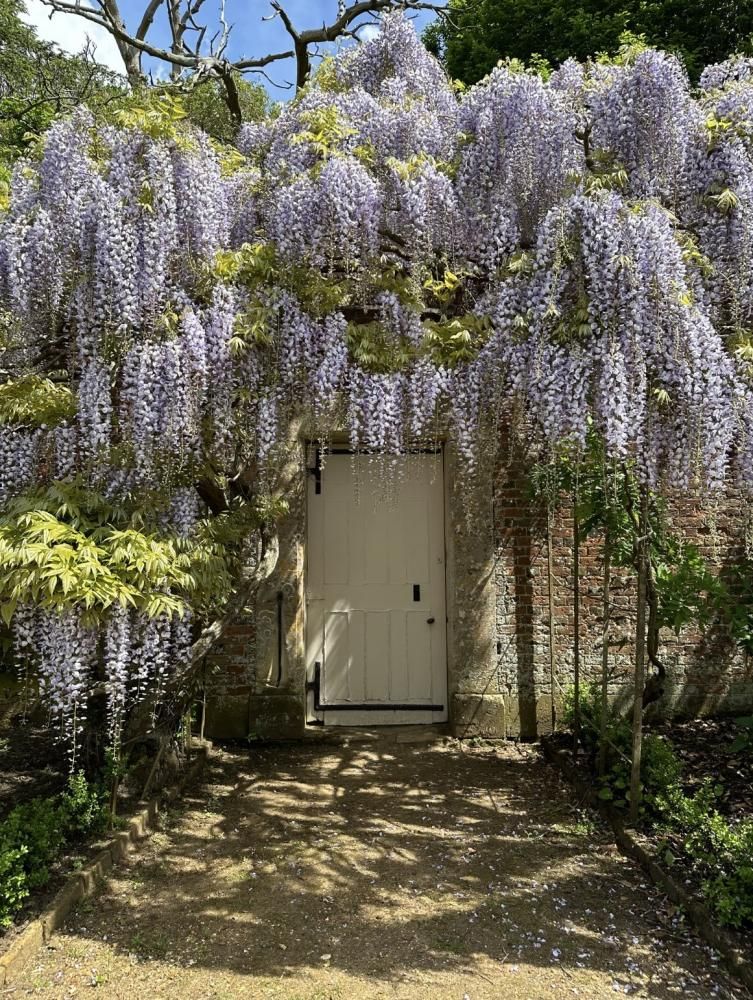

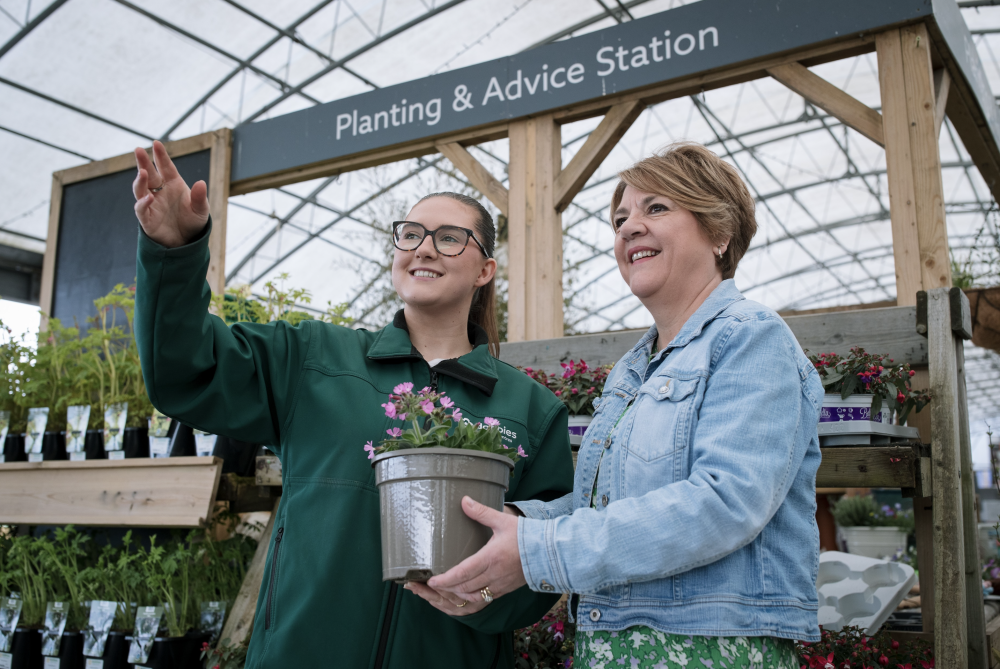
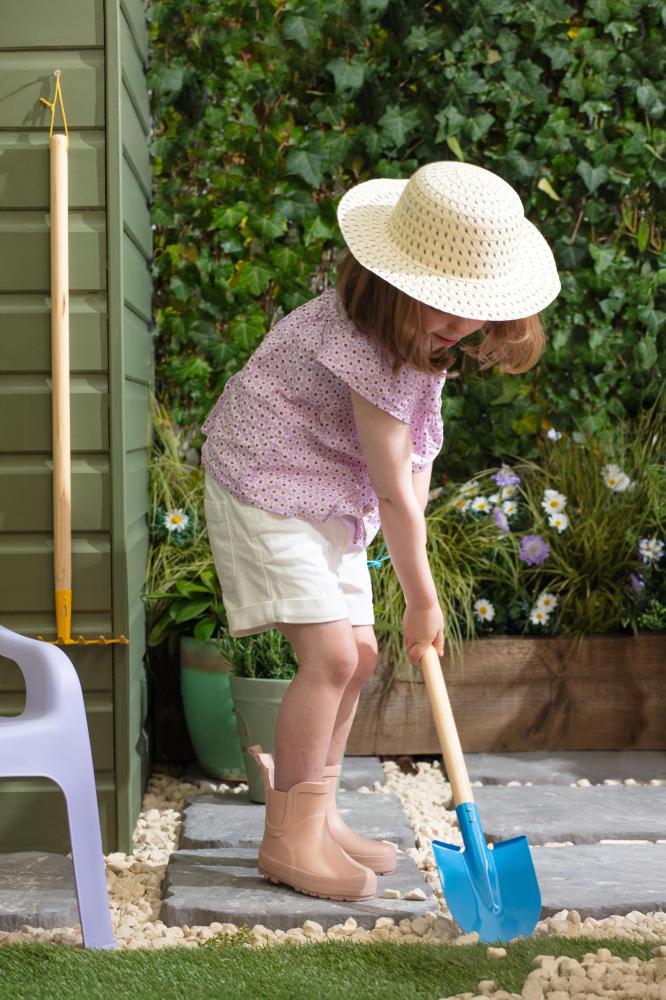

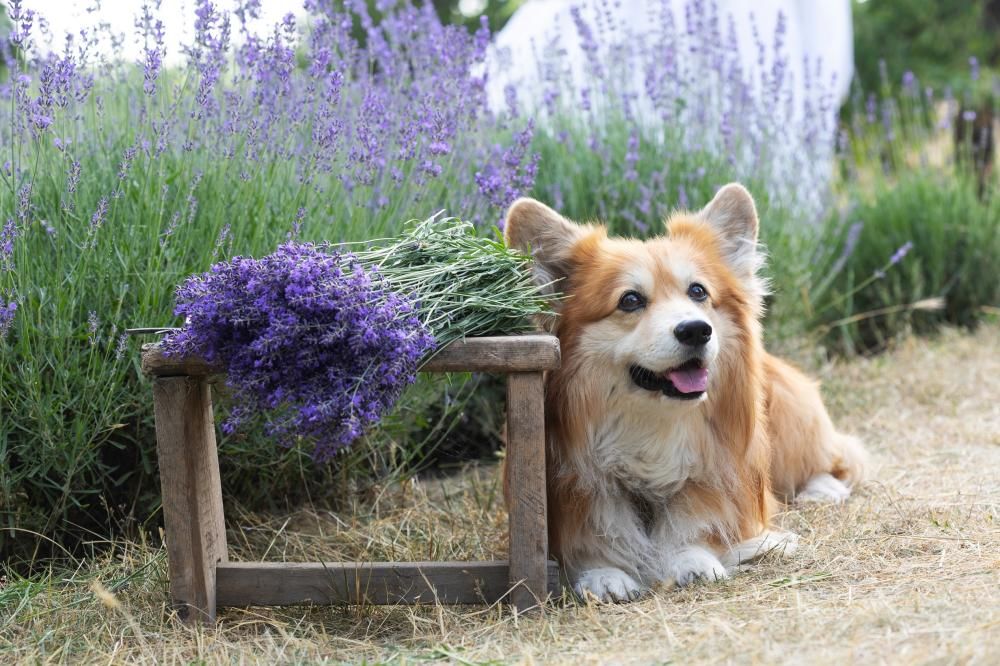
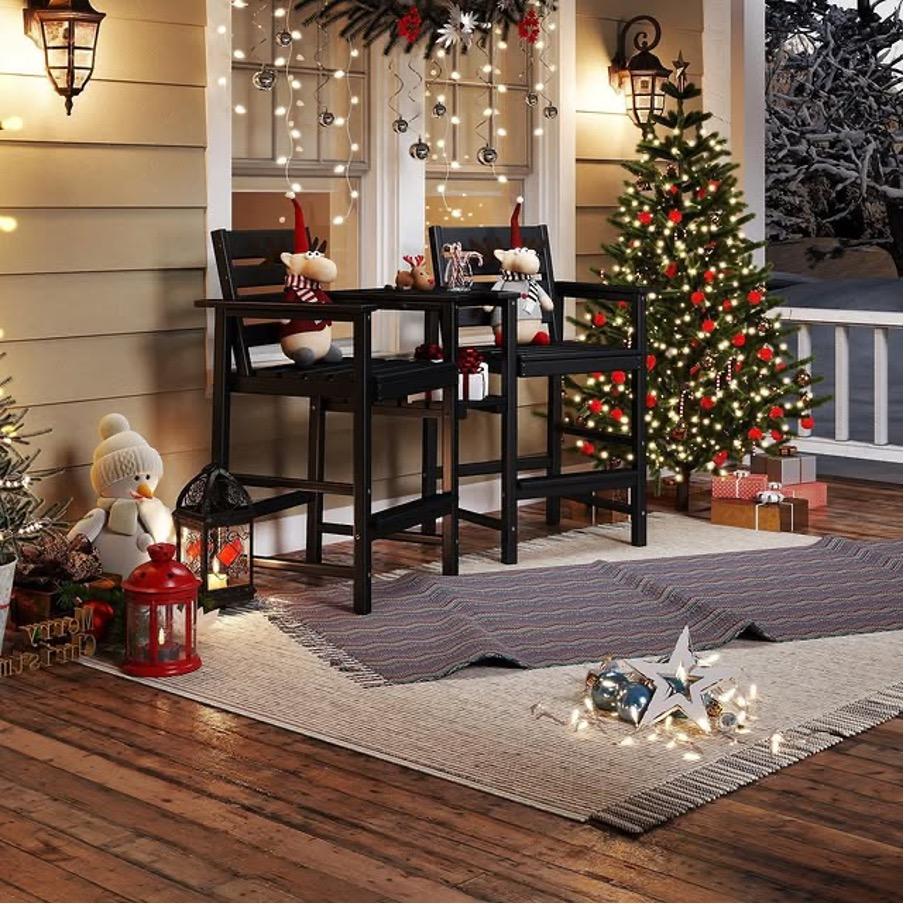


Your Comments
Be the first to comment on this article
Login or Register to post a comment on this article